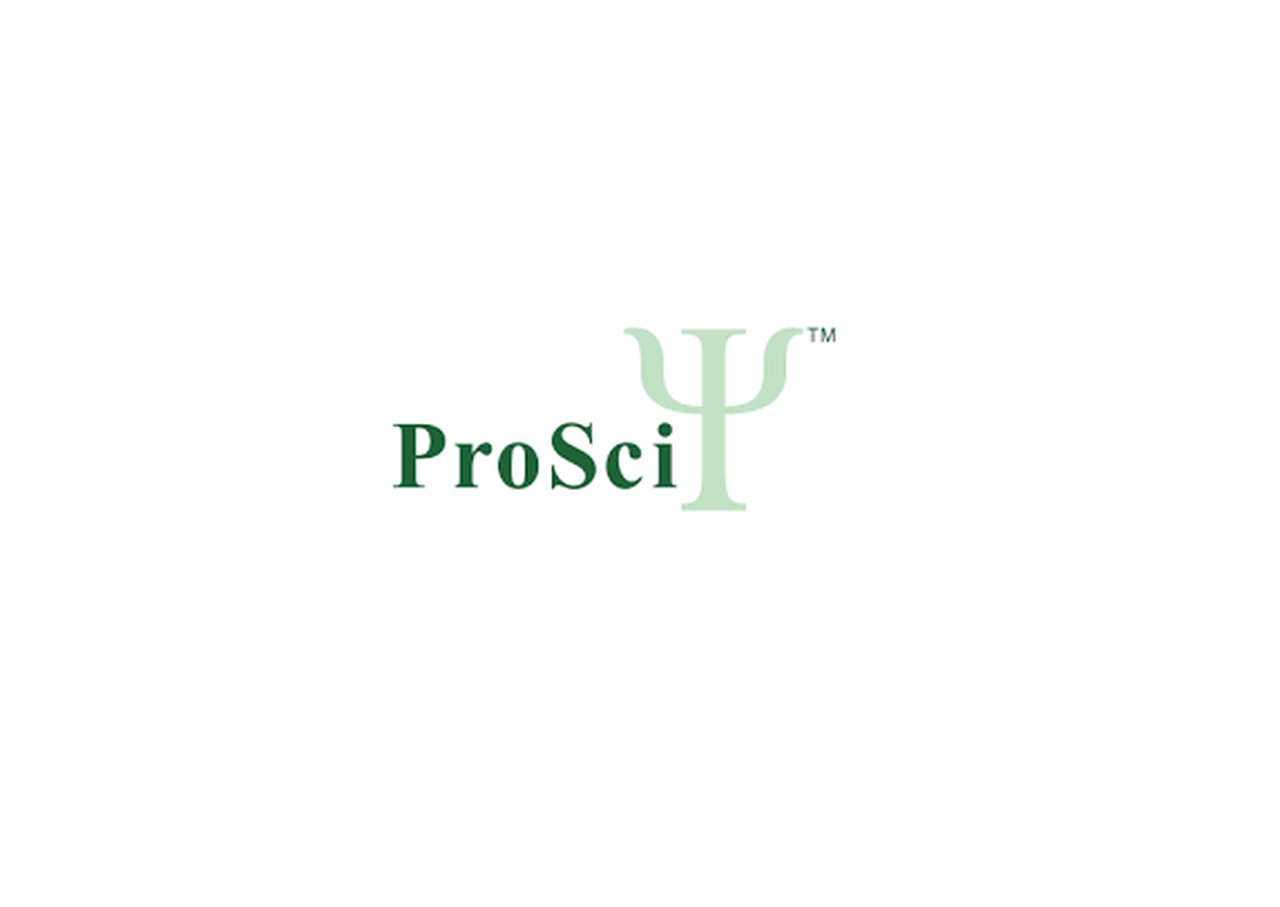Product Description
DUSP10 Antibody | 60-804 | ProSci
Host: Rabbit
Reactivity: Human
Homology: Predicted species reactivity based on immunogen sequence: Bovine, Mouse
Immunogen: This DUSP10 antibody is generated from rabbits immunized with a KLH conjugated synthetic peptide between 204-232 amino acids from the Central region of human DUSP10.
Research Area: Signal Transduction
Tested Application: WB
Application: For WB starting dilution is: 1:1000
Specificiy: N/A
Positive Control 1: N/A
Positive Control 2: N/A
Positive Control 3: N/A
Positive Control 4: N/A
Positive Control 5: N/A
Positive Control 6: N/A
Molecular Weight: 53 kDa
Validation: N/A
Isoform: N/A
Purification: This antibody is purified through a protein A column, followed by peptide affinity purification.
Clonality: Polyclonal
Clone: N/A
Isotype: Rabbit Ig
Conjugate: Unconjugated
Physical State: Liquid
Buffer: Supplied in PBS with 0.09% (W/V) sodium azide.
Concentration: batch dependent
Storage Condition: Store at 4˚C for three months and -20˚C, stable for up to one year. As with all antibodies care should be taken to avoid repeated freeze thaw cycles. Antibodies should not be exposed to prolonged high temperatures.
Alternate Name: Dual specificity protein phosphatase 10, Mitogen-activated protein kinase phosphatase 5, MAP kinase phosphatase 5, MKP-5, DUSP10, MKP5
User Note: Optimal dilutions for each application to be determined by the researcher.
BACKGROUND: Dual specificity protein phosphatases inactivate their target kinases by dephosphorylating both the phosphoserine/threonine and phosphotyrosine residues. They negatively regulate members of the MAPK superfamily (MAPK/ERK, SAPK/JNK, p38) , which is associated with cellular proliferation and differentiation. Different members of this family of dual specificity phosphatases show distinct substrate specificities for MAPKs, different tissue distribution and subcellular localization, and different modes of inducibility of their expression by extracellular stimuli. This gene product binds to and inactivates p38 and SAPK/JNK, but not MAPK/ERK. Its subcellular localization is unique; it is evenly distributed in both the cytoplasm and the nucleus. This gene is widely expressed in various tissues and organs, and its expression is elevated by stress stimuli. Three transcript variants encoding two different isoforms have been found for this gene.
 Euro
Euro
 USD
USD
 British Pound
British Pound
 NULL
NULL














